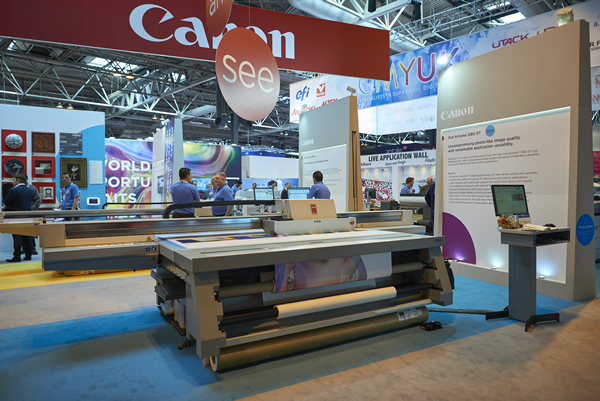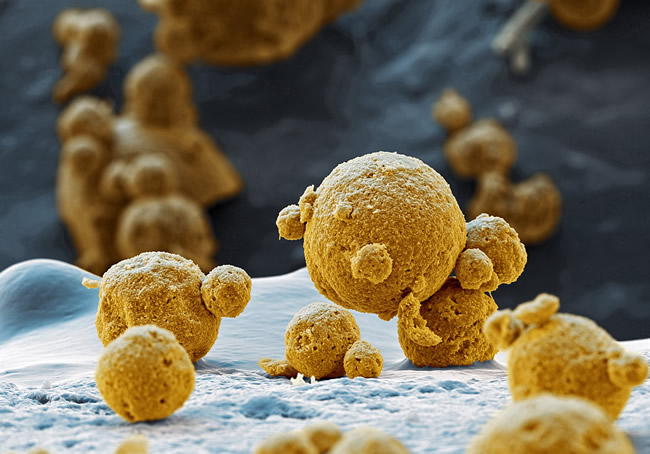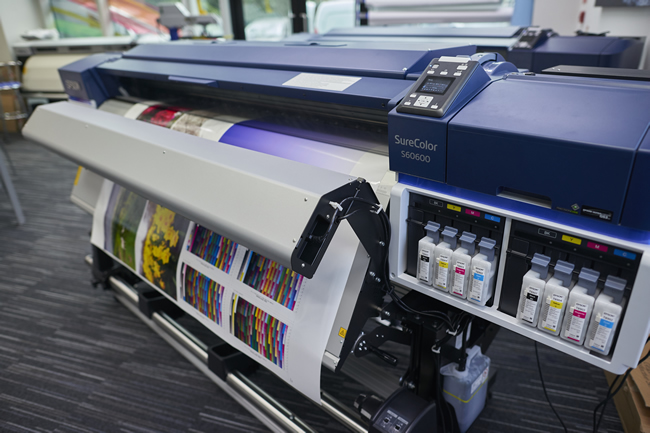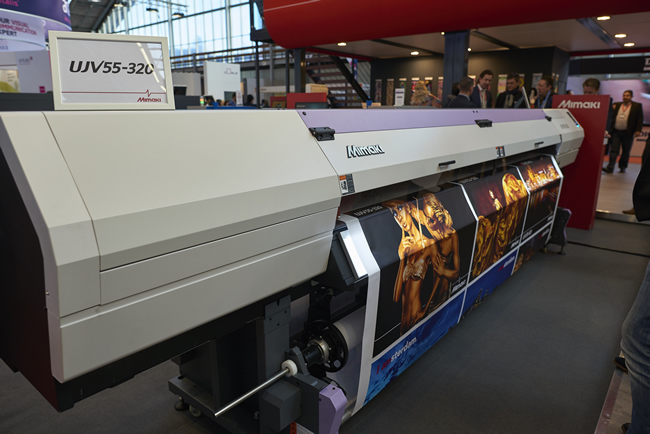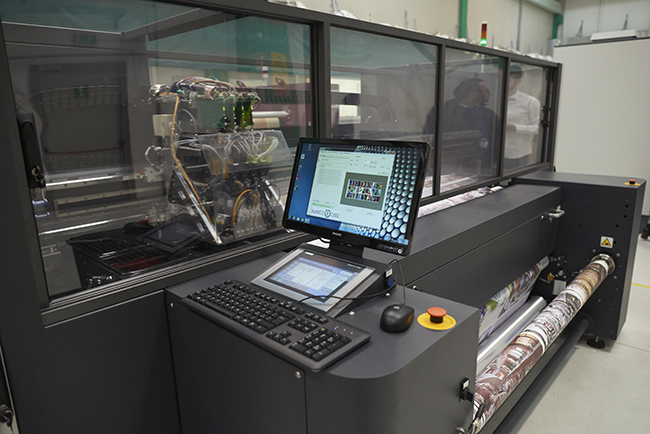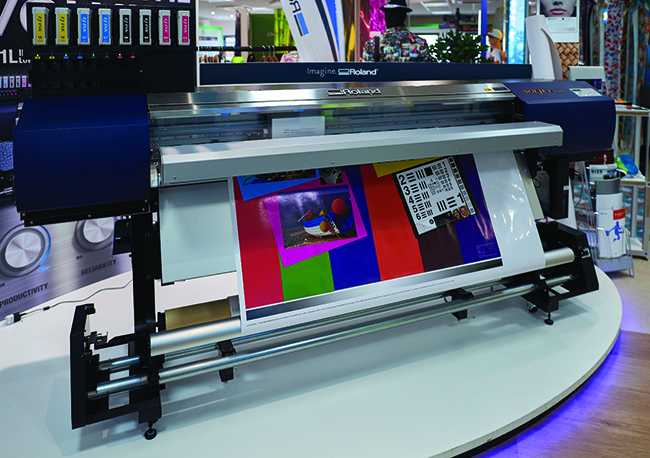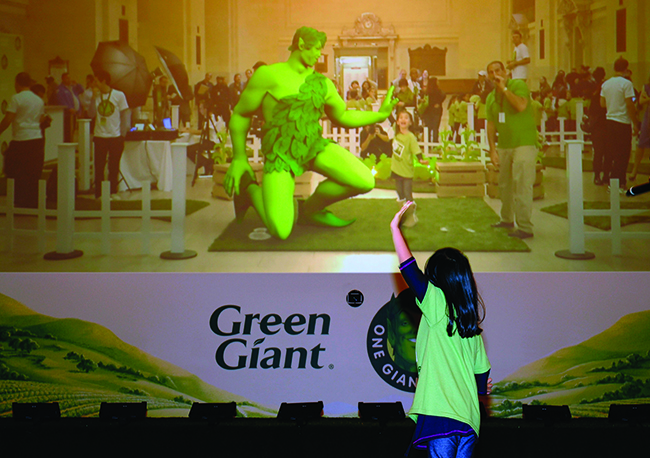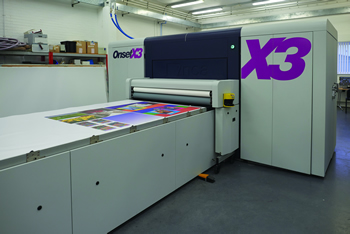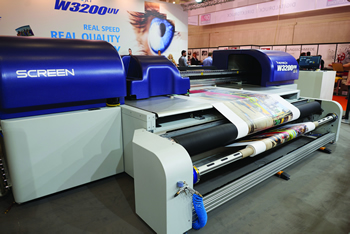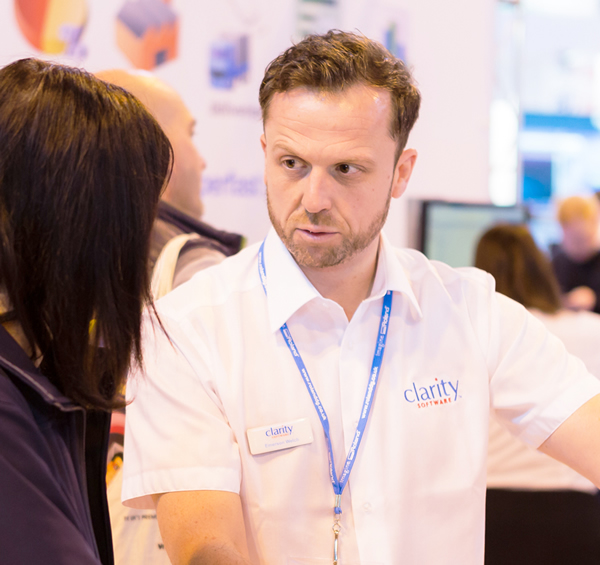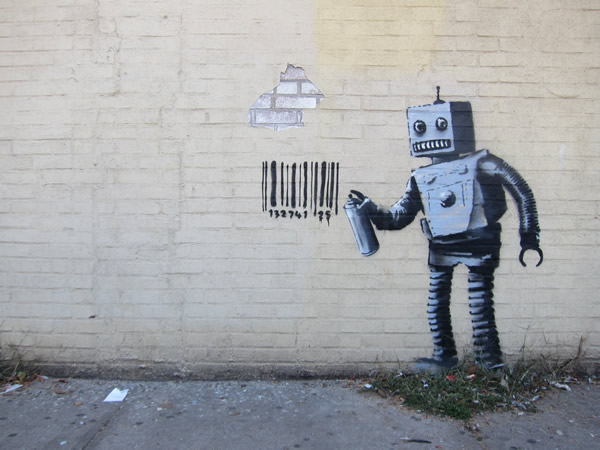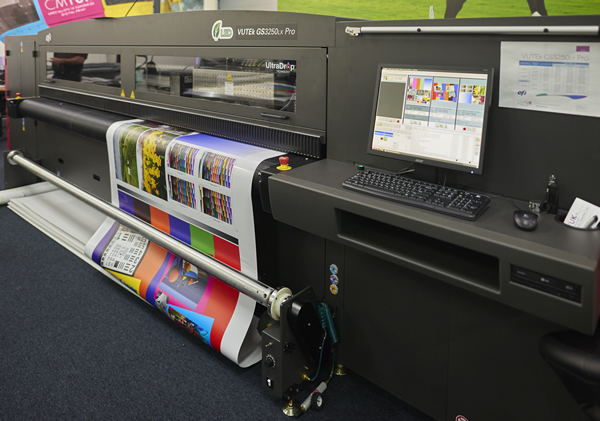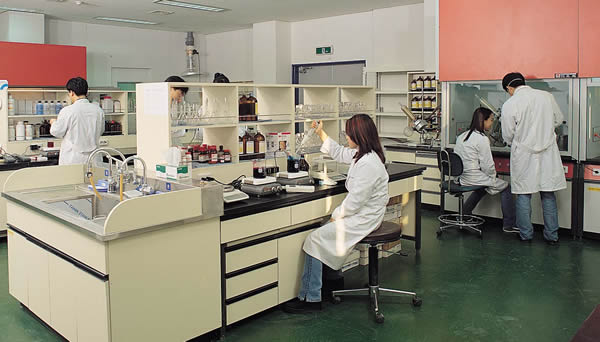Canon’s latest iteration of its long running Arizona printers is the 1200 series but how well does this stand up? Nessan Cleary went to find out.
Technical
Small is beautiful
Walter Hale takes a look at how nontechnology is likely to impact the world at large, and the word of print in particular.
ON TEST: Epson SC-S60600
Epson has updated its solvent signage printers but how much of an improvement are they? Nessan Cleary went to find out.
Work in progress
At first glance there appeared to be a distinct lack of new large-format inkjet hardware at this year’s Fespa Digital show… but there were a few surprises tucked away. Nessan Cleary reports.
Making material gains?
Textile printing has inkjet printer manufacturers excited, but how’s the technology squaring up to the demands of sign and display printers? Nessan Cleary investigates.
ON TEST: Roland SolJet EJ640
The SolJet EJ640 is the latest in a long line of solvent printers from Roland but does it have anything new to offer? Nessan Cleary put it to the test.
Preparing for a different reality
As we experience huge leaps forward in augmented and virtual reality technology, Walter Hale scopes out the possible impact on the digital print market.
ON TEST: Inca Digital Onset X3
Conventional wisdom says that we can choose between speed or image quality, but Inca Digital’s new Onset X3 promises both. Nessan Cleary put it to the test.
Going beyond CMYK
Many printers offer options such as white ink or varnish, but is it worthwhile paying for these extra? Nessan cleary investigates.
Pondering PREDICTIVE Analytics?
Walter Hale considers whether this business modelling method has a place within PSPs.
MIS represented
Management information systems have a certain reputation among some large-format PSPs for failing to meet the sector’s specific needs. Image Reports asked four MIS providers some of the key questions PSPs regularly pose.
Robots on your wish list?
How automated do you want you workflow? Walter Hale takes a look at robotic technology trends and where it may lead you.
Robot is a curious word. First used by Czech playwright Karel Capek in his 1920 science fiction drama R.U.R, it was actually suggested by his brother Josef, a painter and writer. Karel had wanted to call his factory made artificial creations labori (from the Latin word labor) but he didn’t like the word. Josef suggested robot – robota was a Czech word that meant slave labour, drudgery or hard work. Karel liked the sound of that and it stuck, with him and us. R.U.R. stood for Rossum’s Universal Robots but in the near century since, robotics have been far from universal. In 1959, computer-assisted manufacturing was demonstrated for the first time by the Massachusetts Institute of Technology.
ON TEST: EFI GS3250LX
At 3.2m wide, this is one of the biggest wide-format machines to offer LED curing at a speed suitable for high-volume production environments. Nessan Cleary puts it through it’s paces.
LED curing is becoming increasingly common, particularly amongst smaller printers though many people doubt that it can be used with the bigger, more productive machines. So EFI caused a stir when it first announced the 3.2m wide GS3250LX, one of the biggest UV wide format printers to use LED curing. With around a hundred already installed in the UK, it's obviously proving popular.
Wondering about the wet stuff?
Ink development is pushing ahead on wider fronts as OEMs and third party suppliers chase environmental and technology benefits as John Taylor reports.


